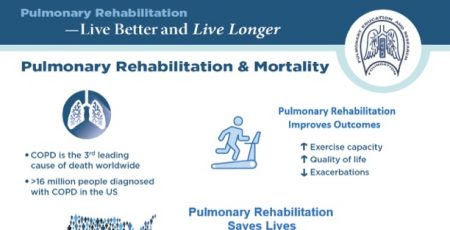29 Sep What’s The Difference Between Asthma and COPD?
The medical profession used to teach that the differences between COPD and asthma are these: Asthma is an allergic disease, and COPD is not. Asthma is not related to smoking; COPD is. Asthma involves reversible airway obstruction; COPD airway obstruction is not reversible. Over time, symptoms and spirometry values for asthma patients vary; in contrast, symptoms and spirometry values for COPD patients can show only a slow and steady decline.
A recent study, called the CHAIN study (published recently in the journal Chest), has reached different conclusions. Researchers studied 831 COPD patients and found that 125, or 15%, showed features that might be consistent with asthma. The authors labeled these patients as having asthma-COPD overlap syndrome (ACOS, or ACO). This label was applied if a patient had previously been diagnosed with asthma, or if he or she had a robust bronchodilator response (BDR), defined as an improvement in FEV1 (a measure of airflow) of more than 400 cc and 15%. In some cases, other criteria were applied to assign the ACO label to patients.
Although the concept of an overlap, or at least a not-so-clear demarcation between COPD and asthma has been discussed for at least 50 years in the pulmonary community, there is still confusion about the diagnosis of ACOS. What is known is that asthma and COPD are both inflammatory diseases characterized by airflow obstruction.
Generally accepted differences between the diseases include the following: Asthma symptoms typically begin by early adulthood, while COPD symptoms usually develop after age 40, and asthma symptoms vary over the course of the disease, while COPD shows a stable, progressive decline. Finally, asthma patients respond to bronchodilators and COPD patients do not.
However, the following facts contribute to the confusion: Asthma has been known to develop after adulthood. COPD patients have been known to experience variable symptoms, with repeated exacerbations. Long-term asthma patients are at risk for airway remodeling and fixed airflow deficits on spirometry. Finally, most COPD patients have clinically important BDR when treated with long-acting bronchodilators. So the factors that help distinguish the two diseases: age of onset, disease course, and BDR, also are not definitive.
Questions of whether treatments for asthma might be good for COPD or vice versa, and whether certain treatments might be inappropriate for one group or the other are still under study. How to optimally treat patients labeled as having ACOS is also unanswered.





No Comments